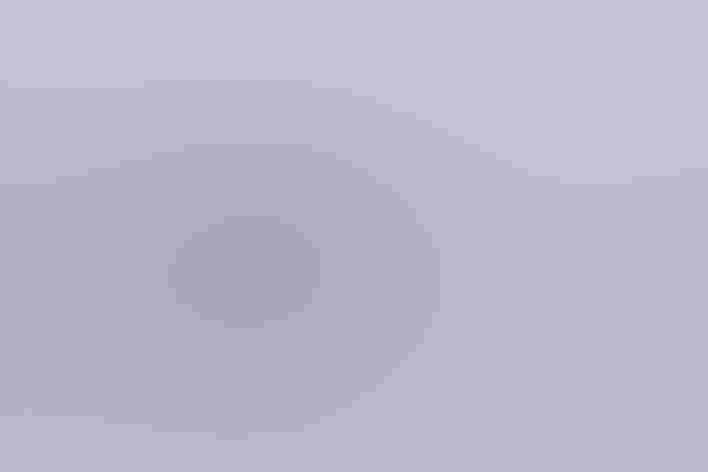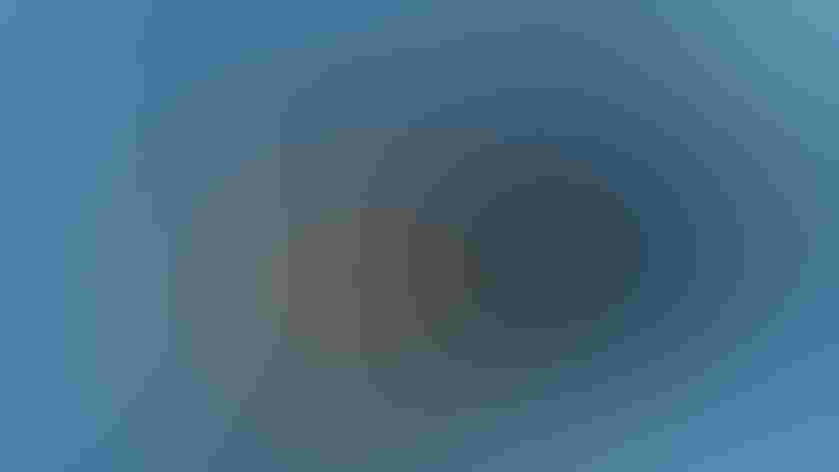Ancient Murrelet
At a Glance
Elegantly marked, a diving bird of the northern Pacific Coast. More agile in flight than most auks, able to take off directly from water, flocks often banking and turning in unison. Breeding behavior unusual for a seabird: Males 'sing' at night from tree branches and other high perches at nesting colonies; the species regularly raises two young (most auks raise only one); it raises its young at sea, leading them away from the nest within a few days after they hatch. The name 'Ancient' results from gray back, with fancied resemblance to a shawl draped across an old person's shoulders.
All bird guide text and rangemaps adapted from by Kenn Kaufman漏 1996, used by permission of Houghton Mifflin Harcourt Publishing Company. All rights reserved.
Category
Auks, Murres, Puffins, Upright-perching Water Birds
IUCN Status
Least Concern
Habitat
Coasts and Shorelines, Open Ocean
Region
Alaska and The North, California, Northwest, Rocky Mountains, Western Canada
Behavior
Direct Flight, Rapid Wingbeats
Population
1.000.000
Range & Identification
Migration & Range Maps
Some remain all year off southern Alaska, others move south to waters off California in winter. Disperses widely at sea after breeding. Of North American auks, this one is most likely to appear far inland. Records exist for many states and provinces east to Quebec and New York, south to Nevada and New Mexico. A few such records occur virtually every year, most in October or November.
Description
9 1/2-10 1/2" (24-27 cm). Distinct gray back contrasts with white underparts and black on head. Short, thick bill is noticeably pale. In breeding plumage, smeary white eyebrow. In winter, less black on throat.
Size
About the size of a Robin
Color
Black, Gray, White, Yellow
Wing Shape
Pointed, Tapered
Tail Shape
Short
Songs and Calls
Low, shrill whistling notes.
Call Pattern
Flat, Undulating
Call Type
Chirp/Chip
Habitat
Open ocean, sounds, rarely salt bays. Mostly on cool waters out of sight of land, sometimes concentrating over edge of continental shelf; may feed close to shore, especially in straits or near islands where tidal currents concentrate food near surface. Nests in burrows on islands with good cover of grass, shrubs, trees.
Sign up for 爆料公社's newsletter to learn more about birds like the Ancient Murrelet
Behavior
Eggs
2, rarely 1. Pale buff or olive, spotted with brown. Incubation is by both parents, 29-37 days.
Young
Not fed in nest. 1-3 days after eggs hatch, parents come to nest at night and call near entrance; young leave nest and scramble down to sea (often over 1000' through dense vegetation). Parents and young recognize each other by voice, reunite at sea and swim away from colony. Young are fed by parents until fully grown, at least 4 weeks.
Feeding Behavior
Forages while swimming underwater. Probably catches all food within about 60' of surface.
Diet
Crustaceans, fish. Diet not well known, but euphausiid shrimp appears to be primary food for much of year, mainly those about 1" in length. At some seasons eats mostly very small fish, including sand lance, capelin, herring, smelt, saury, rockfishes, and shiner perch.
Nesting
Breeds in colonies on islands; active at colonies mostly at night. Males come ashore after dark and sing from high perches, such as tree branches or stumps, simple song of repeated chirps. Nest site is burrow in ground under trees or grass, usually on slope and close to sea. Burrow (excavated by both sexes) usually 2-5' long; nest chamber at end lined with twigs, grass, leaves.
Climate Vulnerability
Conservation Status
Still reasonably common, but has been declining for many years. Foxes and raccoons (introduced for fur production) and rats (introduced accidentally) have wiped out or reduced nesting populations on many islands, in both North America and northeast Asia.
Climate Threats Facing the Ancient Murrelet
Choose a temperature scenario below to see which threats will affect this species as warming increases. The same climate change-driven threats that put birds at risk will affect other wildlife and people, too.




